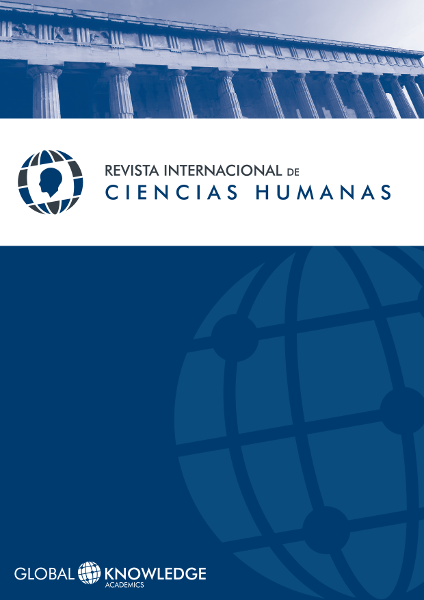The Cinematic Time: An Analysis of the Ontic-Temporal Foundations of PreVerbal Semiotics in the Work of Gilles Deleuze
DOI:
https://doi.org/10.37467/gka-revhuman.v2.710Keywords:
Aion, Event, Otherness, Offscreen, Pre-linguistic SignAbstract
In the early the 80’s, the philosopher Gilles Deleuze applied the Bergson’s theory of image exposed on Matter and Memory (1986) to the cinematic image, with the intend to develop new conceptual tools that, through an analysis of the History of Cinema, allow delineate better both, the cognitive relation beyond the subject-object budgets, and a theory of preverbal communication non phonetically structured which definitively exceeded the lacanian conception of the language. While such analyzes can be understood as the establishment of alternative principles of the Vertov and Eisenstein film editing theories, the primary interest in our paper will focus on the space-temporary categories redefinition that Deleuze's theory of cinema involves and which implies an exhaustive redefinition of the chronology space-temporary categories defined in the XV century by creation of perspective by renaissance painters and architects.
References
Alliez, E. (2002). Gilles Deleuze: Una vida filosófica. Encuentros Internacionales Gilles Deleuze. Río de Janeiro – Sao Paulo del 10 al 14 de Junio de 1996 . París: Institut Synthélabo-Santiago de Cali: Revista Se cauto-Medellin: Revista Euphorion.
Badiou, A. (2004). “El cine como experimentación filosófica”. En Yoel, G. (ed.), Pensar el cine 1. Imagen, ética y filosofía , Buenos Aires: Manantial.
Bresson, R. (1979) Notas sobre el cinematógrafo . México D. F.: Biblioteca Era.
Bergson, H. (2006). Materia y Memoria . Buenos Aires: Cactus.
Ciancio, M. B. (2006). “Cine y pensamiento. Imágenes de la memoria y el cuerpo en Gilles Deleuze y Alain Badiou”. En Alvarado, M., Arpini, A., Vignale, S. (eds.) Pensamiento y Experiencia . CIIFE Centro de Investigaciones Interdisciplinarias de Filosofía y Escuela.
Deleuze, G. (1991). La imagen-movimiento. Estudios sobre cine 1 . Barcelona: Paidós Ibérica.
Deleuze, G. (1987). La imagen-tiempo. Estudios sobre cine 2 . Barcelona: Paidós.
Deleuze, G. (2005). Lógica del sentido . Barcelona: Paidós.
Deleuze, G. y Guattari, F. (1978). Kafka. Por una literatura menor . México D.F.: Ediciones Era.
Deleuze, G. y Guattari, F. (1985). El AntiEdipo. Capitalismo y Esquizofrenia . Barcelona: Paidós Ibérica.
Deleuze, G. y Guattari, F. (2004). Mil Mesetas. Capitalismo y Esquizofrenia . Valencia: Pre-Textos.
Durero, A. (2000). De la medida . Madrid: Ediciones Akal.
Foucault, M. (2005) Las Palabras y las Cosas. Una Arqueología de las Ciencias Humanas, Madrid: Siglo XXI.
Mumford, L. (1977), Técnica y Civilización, Madrid: Alianza Editorial.
Panofsky, E. (1999). La perspectiva como forma simbólica . Barcelona: Tusquets Editores.
Panofsky, E. (1981). Idea. Contribución a la historia de la teoría del arte . Madrid: Cátedra.
Tafuri, M. (1978). La arquitectura del humanismo . Madrid: Xarait Ediciones.
Tafuri, M. (1972). Teorías e Historia de la arquitectura , Barcelona: Editorial Laia, Barcelona.
Tafuri, M. (1995) Sobre el Renacimiento, Principios, ciudades, arquitectos . Madrid: Cátedra.
Wittkower, R. (1968). La arquitectura en la edad del humanismo . Buenos Aires: Nueva Visión.
Downloads
Published
How to Cite
Issue
Section
License
Those authors who publish in this journal accept the following terms:
- Authors will keep the moral right of the work and they will transfer the commercial rights.
- After 1 year from publication, the work shall thereafter be open access online on our website, but will retain copyright.
- In the event that the authors wish to assign an Creative Commons (CC) license, they may request it by writing to publishing@eagora.org









